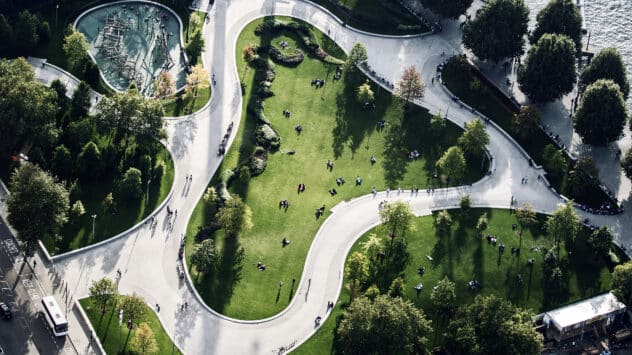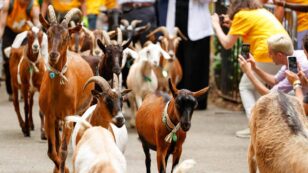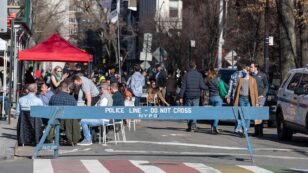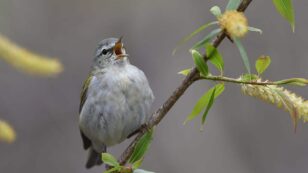
UK’s Greenest City Centers Named in New Study
A new study conducted by the University of Sheffield surveyed 68 city centers in the UK, ranking them on their vegetation, parks, tree cover and sports fields.

A new study conducted by the University of Sheffield surveyed 68 city centers in the UK, ranking them on their vegetation, parks, tree cover and sports fields.

Two dozen goats were brought into a New York City park for the second annual “Running of the Goats,” an event where the animals help remove invasive plant species by grazing. The project is organized by Riverside Park Conservancy and began in 2019, according to Green Matters. The goats were brought to Riverside Park in […]

In the midst of a massive, global loss of nature, cities around the world are finding ways to protect and expand open spaces and “rewild” their communities. Between 2001 and 2017, the United States alone lost 24 million acres of natural area – or the equivalent of nine Grand Canyon national parks – largely due […]

By Katharine Lusk Through a year of pandemic shutdowns and protests, Americans have rediscovered their public spaces. Homebound city dwellers sought havens in parks, plazas and reclaimed streets. Many of these places also became stages for protests against police violence and systemic racism in the U.S. Mayors around the world have used this time to […]

By Frank La Sorte and Kyle Horton Millions of birds travel between their breeding and wintering grounds during spring and autumn migration, creating one of the greatest spectacles of the natural world. These journeys often span incredible distances. For example, the Blackpoll warbler, which weighs less than half an ounce, may travel up to 1,500 […]